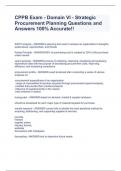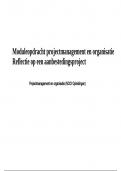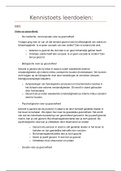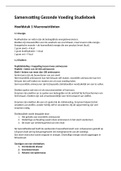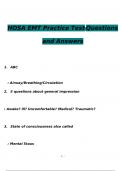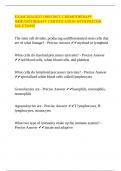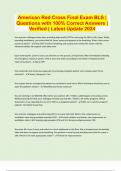Lecture notes
Cardiovascular System 11: Regulation of Arterial Pressure: Short & Long Term Regulation
- Module
- Systems of the Body 1
- Institution
- University Of Bristol (UOB)
A detailed summary of how the mean arterial pressure is regulated via intrinsic and extrinsic reflexes as well as how to measure a blood pressure using an sphygmomanometer.
[Show more]





